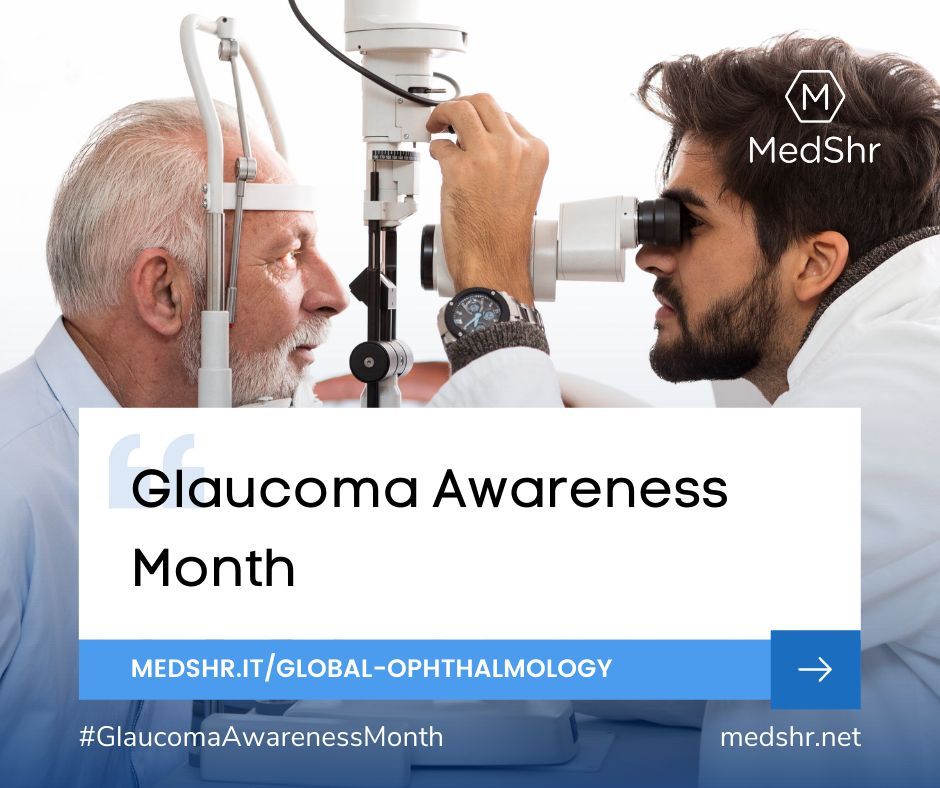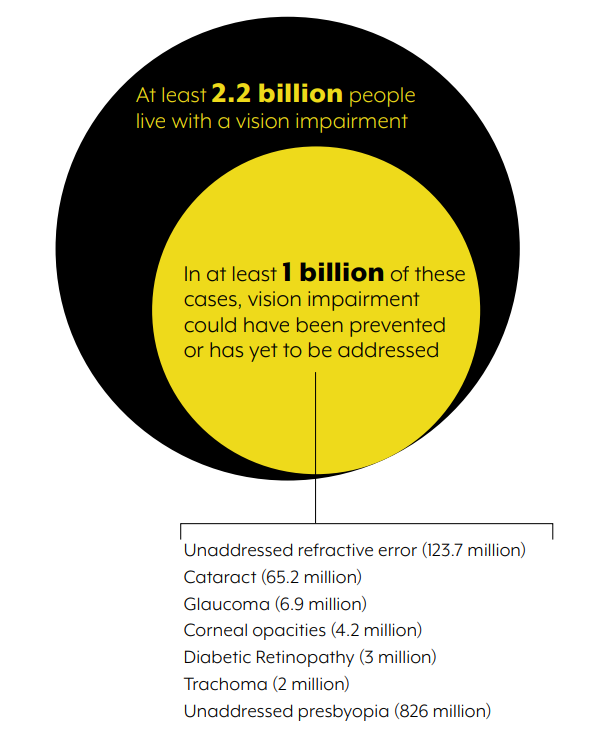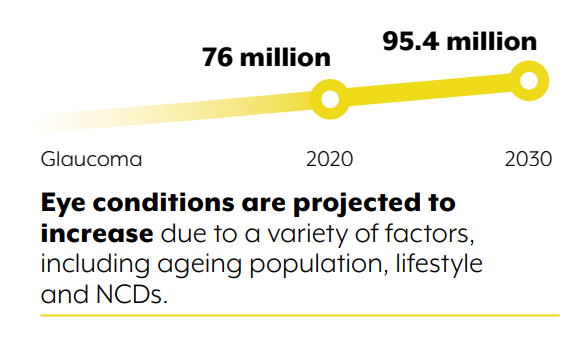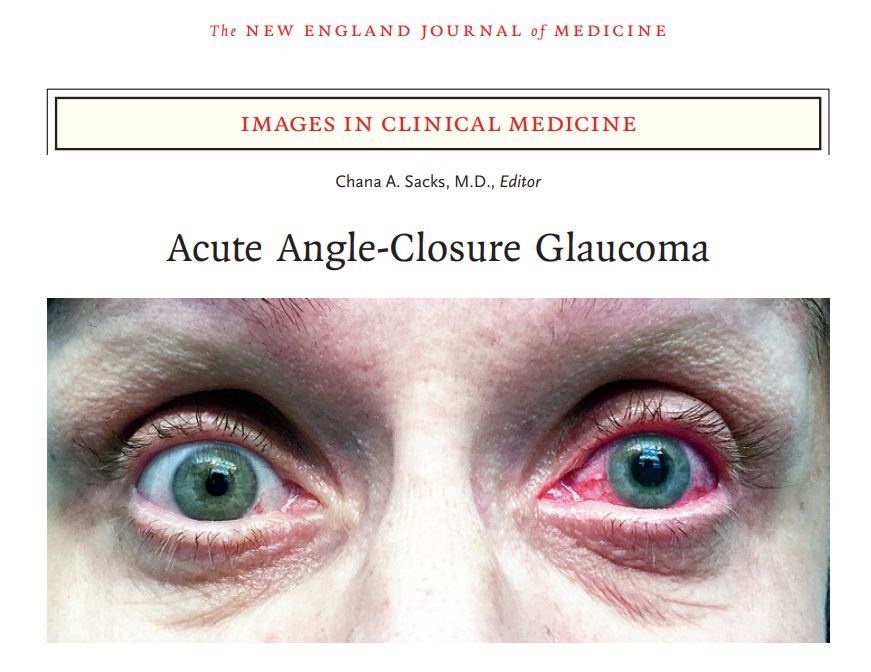Glaucoma Awareness Month

What is Glaucoma?
Glaucoma is a leading cause of vision loss and blindness, in developing countries and worldwide. Between 2015 and 2035, the number of people living with glaucoma in the UK is expected to increase by 44%. Modern technology is advancing our ability to identify glaucoma and commence treatment at an earlier stage which is vital because as the global population ages, more and more people will be affected by glaucoma.
Glaucoma is an eye disease in which the internal pressure in the eyes increases enough to damage the nerve fibers in the optic nerve and cause vision loss. While damage from glaucoma cannot be reversed, early detection can result in treatment to minimize the effects of the disease. Most people experience no symptoms in the early stages and the only way to diagnose it is if it is to have an eye examination. If it’s not treated, glaucoma will lead to irreversible sight loss and even blindness.
Initially, loss of vision occurs in the periphery and can progress to severe vision impairment (this is known as open angle glaucoma (POAG) and is the most common type). Primary angle closure glaucoma (PACG) is less common in the UK but like primary open angle glaucoma, is due to fluid being unable to drain away from the eye properly. For more on the details between these two main types, see this useful comparison at Glaucoma UK. In this blog post, we will cover a useful overview for healthcare professionals, patients and carers about the two main types: POAG and PACG.
What is the Global Importance of Glaucoma?
Glaucoma awareness is important because there are hardly any symptoms until significant permanent vision loss occurs. Although the disease is most common in middle-aged and older people, glaucoma can affect people of any age.
The World Health Organisation's World Report on Vision demonstrates the increasing importance of glaucoma as a leading global cause of worldwide blindness (see below).
Given glaucoma is asymptomatic in the early stages, appropriately designed health promotion initiatives targeting early detection through improved awareness of the importance of regular eye examinations can be effective in increasing the use of eye care services among older populations.
General population screening for glaucoma is not currently considered to be cost-effective in most settings. Therefore, routine eye examinations are recommended for high-risk individuals as early detection is essential for the protection of visual function. The only proven, and generally accepted, treatment to reduce the risk of further progression of glaucoma is to lower intraocular pressure. Reduction of intraocular pressure can be achieved by a number of interventions including a therapeutic eye drop regimen, laser therapy, surgery, or a combination of these.


Who is at Risk of Primary Open Angle Glaucoma?
Anyone can develop primary open angle glaucoma but there are several risk factors which makes the onset of glaucoma more likely. These include.
Age – Primary open angle glaucoma becomes more common with age. It affects about two in 100 people over the age of 40 and that risk rises to one in 20 for those aged 80+.
Ethnicity – People of African -Caribbean origin have about a four times increased risk of primary open angle glaucoma when compared to those of a European origin.
Family history – There is at least a four times increased risk of developing glaucoma if you have a close blood relative with the condition (mother, father, sister, brother, child). If you have glaucoma, you should tell your relatives about the condition as they may need to be tested. Other risk factors include myopia (short sight) and corneal thickness.
Who is at Risk of Primary Angle Closure Glaucoma?
Anyone can develop primary angle closure glaucoma but there are several risk factors which makes the onset of glaucoma more likely. These include.
Age – Acute and chronic angle closure become much more common with increasing age. It is rarer below the age of 40.
Gender – Angle closure glaucoma affects women 50% more often than men.
Ethnicity – If you are of Asian origin, you are more at risk of angle closure glaucoma than someone of European origin. It may also come on at a younger age and be more severe.
Family history – Family members of those with angle closure glaucoma are 10 times more likely to develop it.
Primary angle closure is also more common in people with smaller eyes and those with long sight (hyperopia).
Symptoms of Primary Open Angle Glaucoma (POAG)
POAG gives no warning symptoms in its early stages. There is no pain and in many cases, a person with this condition is completely unaware of the damage that is being done. This is because the typical damage occurs in the off-centre (peripheral) parts of the vision. Both eyes work together and one eye ‘fills in’ for the other so that blank patches are not noticed.
Symptoms of Primary Angle Closure Glaucoma
Acute primary angle closure, also known as ‘acute glaucoma ’ happens when a blockage is sudden and causes the pressure to rise very high, very quickly. Symptoms include intense pain, redness of the eye, blurred or reduced vision, headache and nausea. This tends to be very painful and it is vital that you seek medical advice immediately, as this sudden rise in eye pressure can cause permanent damage to your sight.
Sometimes, people get a series of mild attacks of angle closure. These are called ‘sub-acute’ attacks. Symptoms may include blurred vision, halos around lights and headaches. These attacks may come and go, but if this happens, it’s very important to seek immediate medical advice as it might be a warning of a future serious attack.
If you have narrow angles (where the cornea and iris meet), and are therefore at greater risk of developing PACG, this will be identified at a routine eye test.

How can Full Eye Examination Detect Glaucoma?
Treating Primary Open Angle Glaucoma
The aim of treating POAG is to reduce the pressure within the eye. By achieving this, it reduces pressure on the optic nerve and helps to stop further damage. Treatment is usually by eye drops. These help by reducing the fluid produced by the eye, increasing the drainage of fluid from the eye or both. You can find out more about eye drops here in our booklet ‘Eye drops and dispensing aids’ .
Laser is another common treatment and may be offered instead of, or in addition to eye drops.
If eye drops/ laser do not lower the eye pressure enough, surgical treatments are available.
Treating Primary Angle Closure Glaucoma
Acute angle closure is initially treated with drops and an intravenous injection to lower the eye pressure. Once the pressure is lowered, a laser or surgical procedure is carried out in order to bypass the blockage in your eye’s drainage system and prevent it happening again.
Normally, the same procedure is also performed in the other eye in order to prevent an attack of acute angle closure in that eye. These treatments are not painful and are usually carried out as an out-patient, although a short stay in hospital may occasionally be required.
If primary angle closure is diagnosed and treated without delay there may be an almost complete and permanent restoration of vision. However, any delay in addressing the problem may result in permanent damage to the affected eye. Occasionally the pressure may remain raised and ongoing treatment will be required.
Chronic primary angle closure is treated in a similar way with drops to lower the pressure. In addition, laser treatment is often given to prevent further angle closure.
Useful resources
1. World Health Organisation's World Report
2. The National Eye Institute (NEI)
3. Glaucoma leaflet for patients
4. Glaucoma Research Foundation: portal on glaucoma research
5. Different Glaucoma types: a summary by Glaucoma UK
For more information and to see cases related to this, check out the MedShr Global Health Ophthalmology Case Discussion group and our other curated content!
Loading Author...
Sign in or Register to comment